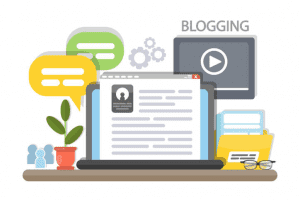If you’ve ever posted on your business’ website before, chances are you’ve run into blog tags and categories. In fact, sometimes people use them without knowing what they are, their differences or even what they do. But fear not, we’re here to assure you that tags and categories are definitely necessary and shed a little light on how they work.
The Difference Between Blog Tags and Blog Categories
Blog Categories are intended to group a broad collection of relevant posts. These generally relate to the core topic of a blog.
They identify what the post is about and allow for easy access of topics on an archive page. In our recent blog on creating online audiences for blogs, the category was ‘Blogging.’
Blog Tags, on the other hand, are simply meant to convey specific details mentioned in a post. These are basically the key points or index words of a blog and help micro-categorize large sets of content.
In the same aforementioned post on creating online audiences for blogs, the blog tags were blogging, content marketing, digital marketing, social media marketing and target audience.

Why Everyone should be Using Blog Tags and Categories
They Help Land Readers
Category archives, powered by blog tags and categories, essentially act as a landing page. Since these archives contain a multitude of posts on one topic, they usually rank highly in search results. And when you rank highly in search results, you’re much more likely to attract readers.

They Provide Breadcrumbs
Tags and categories also make it easier for Google to see the structure of your site and assign authority. Since they act as breadcrumbs that link back to the nearest category, they reveal the structure of your site.
This speeds up the process of Google scanning your pages, so it can quickly ascertain the subject matter and rank your website accordingly.

They Enhance User Experience
Blog tags and categories are useful for inquiring users. They help them find what they’re looking for in a timely manner. When a user can’t find what they’re looking for on their own, they may become frustrated and navigate away. That’s the last thing you want to happen.
Blog tags and categories play an integral part in blog marketing. With that in mind, try not to take them for granted!


